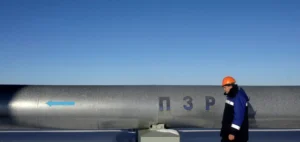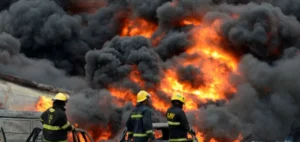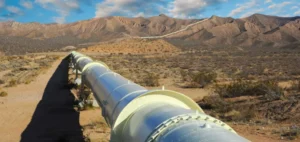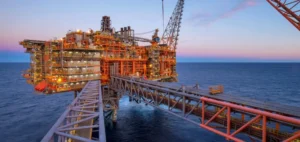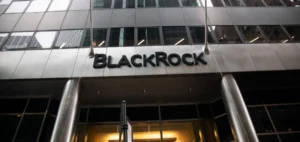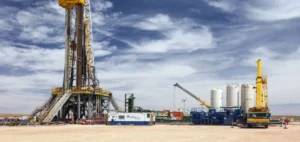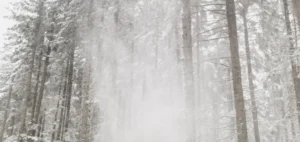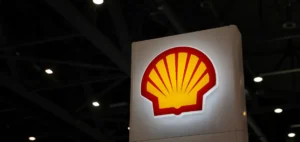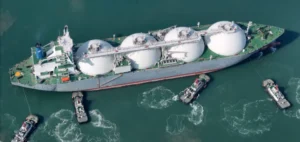Gas reserves in Europe are close to their maximum capacity, raising concerns about supply management over the winter.
The latest data from Gas Infrastructure Europe (GIE) show that stocks have only increased by 336 TWh since the end of March 2024, well below the average for the last ten years.
This filling level, now at 88%, reflects a limited absorption capacity, leaving little margin for storing additional gas in the event of increased demand.
This infrastructure saturation has already led to higher prices on the European market.
In August, Dutch TTF futures, the main indicator for gas prices in Europe, reached 38 euros per megawatt-hour (MWh), up from 26 euros in February.
This price tension reflects growing fears that gas demand will not be adequately met this winter.
Market tensions and strategic impacts
The narrowing of the gap between short-term and long-term prices, known as contango, is a clear indicator that markets are adjusting to this situation.
Industry players are re-evaluating their liquefied natural gas (LNG) import strategies to avoid complete infrastructure saturation before winter. This complex dynamic accentuates price volatility, with direct implications for energy companies’ purchasing and storage strategies. Rapid market adjustments show that traders are anticipating a potentially difficult winter.
Price volatility, coupled with infrastructure under pressure, highlights the current fragilities of the European energy system, particularly with regard to stock management in periods of high demand.
Challenges for energy security
As Europe prepares for the winter of 2024/25, forecasts indicate that gas stocks will peak at around 1,173 TWh, barely above the technical capacity of the infrastructure.
This critical level underlines the urgent need for operators to strengthen the resilience of the energy network in the face of unpredictable winter conditions.
The energy sector must now explore sustainable solutions to improve stock management and avoid such tensions in the future.
Improving existing infrastructure, increasing storage capacity and further diversifying sources of supply will be key factors in maintaining market stability.


